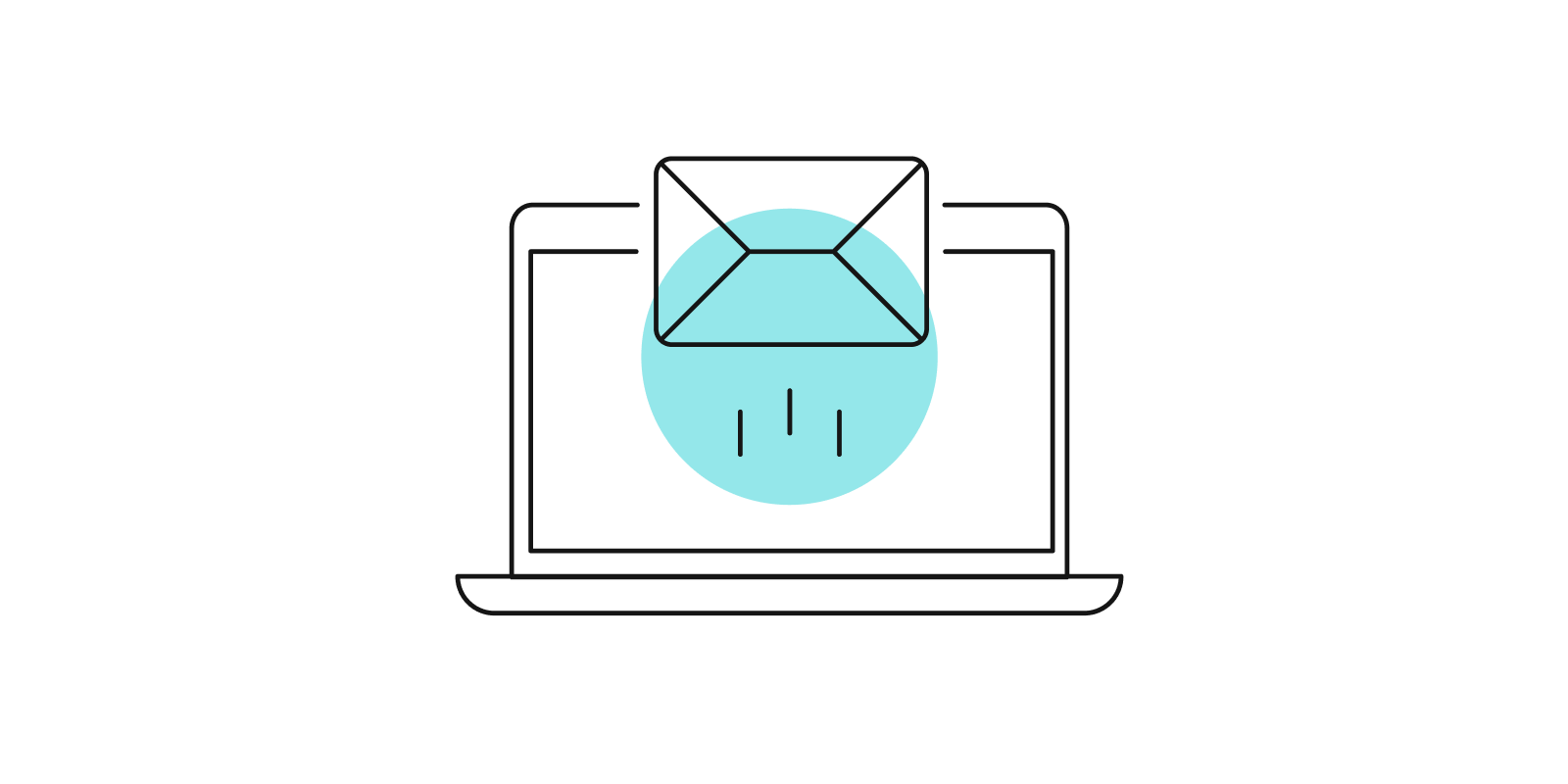
Studying with ADHD – A College Student’s Perspective

“Has difficulty paying attention, lacks attention to details, loses focus quickly when doing tasks, doesn’t follow through, has difficulty staying organized.” These are some classic signs of ADHD – and people were talking about me that way. ADHD is challenging in almost any situation, but for me, it was especially hard when it came to schoolwork and studying.
Nothing could hold my attention long enough. I felt guilty and angry with myself all the time. Why wasn’t I passing the class all my friends said was just easy memorization? Why did I waste so much time on unimportant things when I could have been studying? Why were all my study guides nonsensical? How did I lose so many important assignments?
At first, college overwhelmed me
I didn’t expect college to be as hard as it was. I had been pretty good at balancing my schedule in high school, when my routine was the same every day. All my friends were always in the same place, and my parents were there to worry I was fed or getting into trouble.
In college I felt immense pressure to balance everything. Making sure I spent enough time out with my friends and enough time studying and doing homework. Making sure my room was clean enough and that I ate at least once that day. I quickly became overwhelmed. Diving into schoolwork was harder than it had ever been. It got to the point where getting ready to study often required even more effort than actually studying.
Getting ready meant creating my own flash cards and study guides, coming up with problems to quiz myself with, going back to re-read and highlight things. My list of “to-dos” spiraled out of control. It began to feel easier to just do nothing at all.
The guilt was the worst part. I knew I was capable of studying, I knew I had the ability to read and write and form cohesive thoughts, but I just didn’t. I couldn’t. I’d never felt more like a failure. Time and time again, different professors told me the same thing: If I wasn’t putting in the work outside of the classroom, how did I expect to excel?
I had more help than I ever realized
Then, one of my teachers sat down with me and finally understood what I was dealing with. Then she pulled up the MyLab platform and walked me through all the personalized study tools Pearson offered me.
She showed me practice problems and progress checks to help me figure out exactly what I needed to work on, so it was easier to set priorities and I didn’t have to worry about everything. I realized I didn’t have to come up with my own problems to answer.
I didn’t even have to create my own study guide: MyLab built one for me, and personalized it based on all the homework, quizzes, and tests I’d already done. That way, I’d spend the most time – and get the most new practice questions – exactly where I needed the most help. Even if I wasn’t struggling with ADHD, it would have taken me a very long time to build a study guide that useful – but MyLab gave it to me practically instantly.
All the extra work I felt I needed to do to succeed, even before I started to study? Pearson had already done it for me. If I couldn’t bring myself to re-read information, there were videos I could watch. Anytime I wanted, I could search for videos. If I didn’t understand why I had gotten a practice problem wrong, there were videos with step-by-step instructions explaining what to do and why I needed to do it that way. Even before I ran into a problem I couldn’t solve, there were videos for the complicated concepts I wasn’t sure of. Any time I needed help, it was like someone at Pearson had read my mind and put together a video just for me.
Most important and useful for my studying experience? MyLab’s practice quizzes. I took them over and over and over again. I especially liked the Dynamic Study Modules. Pearson found a way to gently help you get to the right answer without penalizing you for not already knowing everything.
If you’re positive you know the right answer, you double-click that option. If you’re right, Pearson will tell you, and you can move on to other content. But if you’re not sure, you can either single-click the option that might be right, or just click “I don’t know.” It’s like answering “halfway.” Then, Pearson will show you the right answer and present a bit of text from your eTextbook explaining it. It won’t cost you any points, even if you’re wrong. Later on, you’ll get a similar question, and this time, you’ll probably be more confident of the right answer. By the time I was done working with Pearson’s quizzes, I felt confident enough to tutor some of my friends.
The help just keeps on coming – and I know it’s underutilized because I certainly hadn’t realized it was all there. There’s the Homepage Calendar that tells you exactly when everything’s due, so it’s easier to plan your week. There’s the “Show Me an Example” button that walks you through an example or a process even before you encounter it in a problem.
I’m finishing my last course right now, and I’ll be graduating in May 2023. My experience with Pearson MyLab was so positive that, after I graduate, I’ll be taking a job with Pearson. I’m thrilled that, in my new role, I’ll get to help move MyLab forward, and encourage more students to take advantage of it. I have a very personal motivation. I want struggling college students to know what I discovered: with these tools, studying with ADHD doesn’t have to feel so overwhelming anymore.
About the author
Margot Banen
Margot Banen is a May 2023 graduate of Rutgers University. She loves reading, writing and traveling the world. The best way to grow is to learn and she’s excited to continue learning through her passions, her work, and the people around her.



